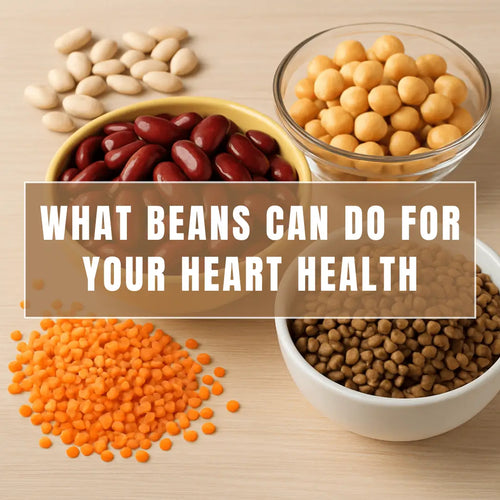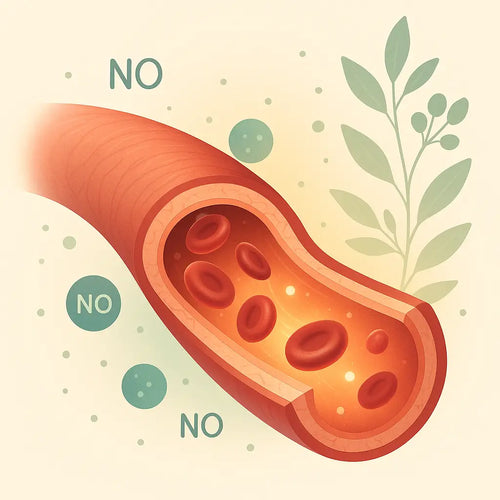Increased triglyceride levels in the blood has for a long time been recognized as a risk factor for cardiovascular disease. Why, though, has not been understood very well. This research may shed some light on the mechanism. High triglyceride levels trigger foam cell formation which recruit monocytes, a type of white blood cell, that further enhances foam cell formation. CCL4 which is known as a macrophage inflammatory protein, is expressed by macrophages in response to oxidized LDL (Wiesner P, et al. 2010). A macrophage is also a type of white blood cell. Monocytes, act as housekeepers for the vascular system (Carlin L.M., et al. 2013). They clean up cellular debris and orchestrate the phagocytosis (removal) of cells that may be a threat. Increased triglycerides in the blood results in monocytes migrating into the vascular endothelium (inner lining) and might contribute to tissue injury. This can lead to unstable plaque formation involving adhesion of platelets as well as many other factors. This sequence of events may play an important role in the increased cardiovascular disease risk observed with elevated triglyceride levels and LDL cholesterol (Saja MF, et al. 2015). What will increase your triglyceride levels? High glycemic index carbohydrates. 50 g of high glycemic index carbohydrates for 2 weeks increased triglycerides in participants with both normal glucose tolerance and in those with impaired glucose intolerance (Raatz SK, et al. 2015).









